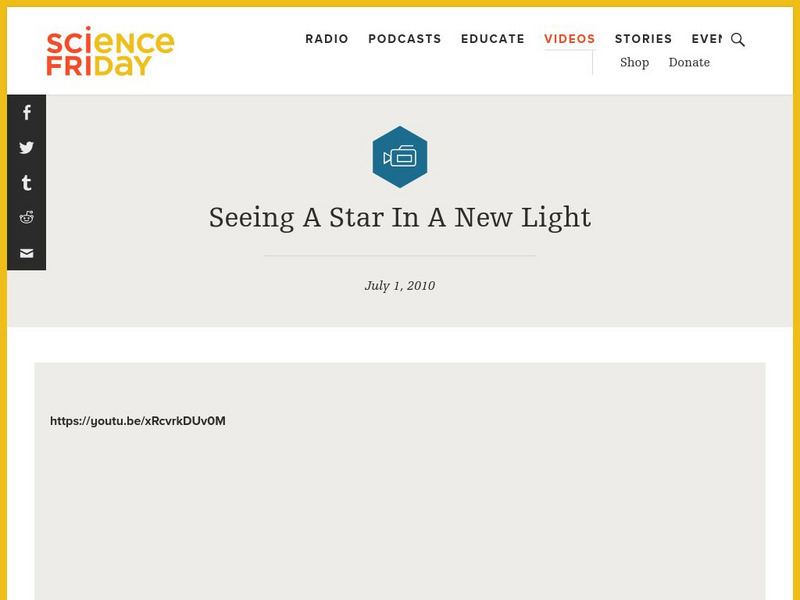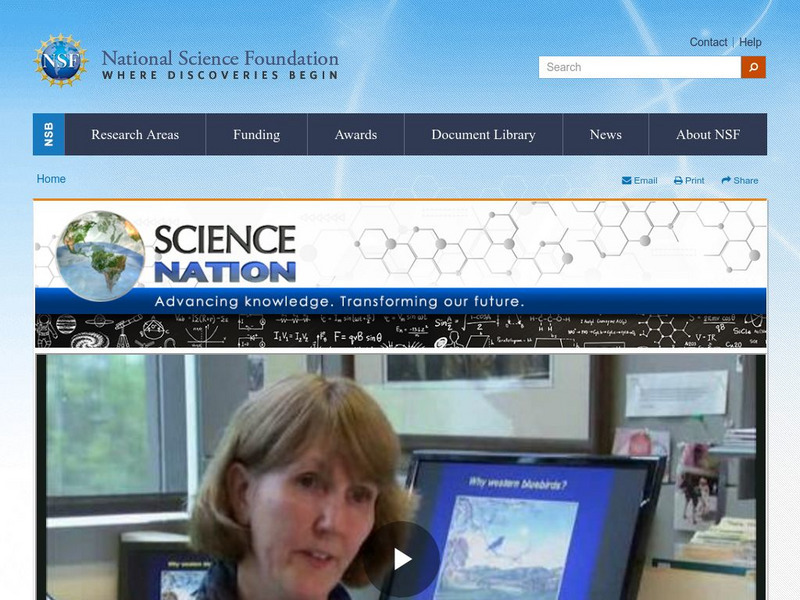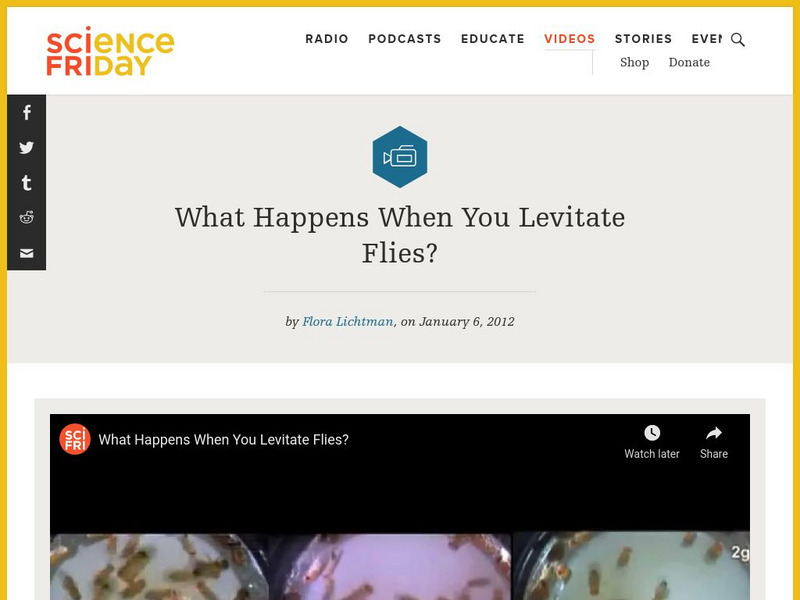Curated Video
Experiment Versus Scientific Investigation
Experiment Versus Scientific Investigation compares and contrasts an experiment and a scientific investigation.
Flipping Physics
Experimental Design Questions for AP Physics Explained
Experimental Design Questions for AP Physics exams are described and many examples of how to approach and answer these difficult questions are discussed.
Curated Video
N.B. premier to launch investigation into mystery brain illness
New Brunswick Premier Susan Holt says her government will launch a scientific investigation early next year into the mystery brain illness a Moncton neurologist claims is affecting hundreds of people in the province.
Curated Video
New Brunswick to launch scientific investigation into a mystery brain illness
The premier is following through on an election pledge to launch a scientific investigation into a mystery brain illness. She says Public Health will soon begin to review the cases of hundreds of patients with funding and support from...
Scholastic
Study Jams! Investigations to Collect Data
Print out the lyrics or show the karaoke video to get your scientists singing about the scientific process! Participants will warble about observations and measurements, data and physical properties. Consider sharing this resource after...
Science for Kids
Science Kids: Experiment Videos: Paper Folding Experiment
Watch as the MythBusters team put the famous myth that you can't fold paper any more than seven times to the test. [3:53]
BioEd Online
Bio Ed Online: Science Concepts Explained
The following videos explore fundamental science concepts, explained quickly in a fun and entertaining way. Topics include density, flotation, mass, mixtures and states of matter.
Sophia Learning
Sophia: How to Evaluate Scientific Information
This lesson will explain how to evaluate scientific information to be sure it is credible and usable. It will also describe how and why science is relevant and important to your everyday life.
Exploratorium
Exploratorium: Iron Science Teacher
A collection of videos of teachers competing for the title of Iron Science Teacher at the Exploratorium. The contestants are given a secret 'ingredient' that they must include in an activity they create on the spot.
CK-12 Foundation
Ck 12: Scientific Investigation: How Simple Ideas Lead to Scientific Discoveries
[Free Registration/Login may be required to access all resource tools.] Learn about two instances in which huge realizations are made from simple questions. [7:32]
PBS
Pbs Learning Media: Shadow Tracing
Playing with shadows can be fun, but do you know where shadows come from? Watch this PEEP video and experiment making different shadows to understand how the absence of light forms shadows. Teaching tips with additional activities are...
Science Friday Initiative
Science Friday: Living Band Aid Beats Like a Heart
Jordan Lancaster and Steven Goldman, researchers from the Southern Arizona Veterans Administration and the University of Arizona, put rat heart cells on a piece of synthetic mesh and within a few days, it started beating. The hope is...
Science Friday Initiative
Science Friday: Turtles on the Wrong Side of the Tracks
Michael Musnick is a citizen scientist who studies wood turtles in the Great Swamp -- a stretch of wetland about 60 miles north of New York City. He found turtles dying in the railroad tracks and proposed a solution to New York's...
Science Friday Initiative
Science Friday: Seeing a Star in a New Light
NASA's Solar Dynamics Observatory (SDO), launched in February, has started to send back data. The instruments are giving solar scientists an unprecedented look at the sun, says Dean Pesnell, SDO project scientist. The hope is to better...
Science Friday Initiative
Science Friday: X Rays as Art
Nick Veasey has looked inside everything from airplanes to oranges. Veasey is an x-ray photographer and recently published a collection of his work in the book "X-Ray: See Through The World Around You." We stopped by a shoot to see the...
Science Friday Initiative
Science Friday: Pollen Origami
Pollen starts to dry out when it leaves the flower, which can destroy the genetic material the grain is carrying. To combat dehydration, pollen grains have evolved a way of folding up to prevent water from leaking out. Eleni Katifori and...
PBS
Pbs Learning Media: Life's Rocky Start Deep Sea Vents
What if life began deep in the ocean? One experiment set out to prove the theory that life began around deep sea vents. This video shows the results of this experiment and it what it taught us about the origins of life. Closed caption...
National Science Foundation
National Science Foundation: Science Nation: Citizen Science
A video that explores how volunteers collect data and make observations to help scientist understand birds and their changing habitats. [2:33]
Sophia Learning
Sophia: Non Experimental Research
This lesson will delineate the methods utilized to conduct non-experimental research.
National Science Foundation
National Science Foundation: Green Revolution: Discover
As scientific researchers explore cave formations, learn how science and engineering have resulted in advancements that have changed our lives dramatically. Now more than ever, the boundaries between science, technology, and engineering...
Science Friday Initiative
Science Friday: What Happens When You Levitate Flies?
Everything is a little bit magnetic, says physicist Richard Hill, of The University of Nottingham. So with a powerful magnet, it is possible to levitate almost anything--strawberries, water, insects. In a recent study, Hill levitated...
Science Friday Initiative
Science Friday: Snowflake Safari
Next snowstorm, grab a magnifying glass and try snowflake hunting. Bullet rosettes, stellar plates, and capped columns are just a few of the varieties of snow crystal you can find in your backyard.
Science Friday Initiative
Science Friday: Shooting Stars
Photographer Colin Legg makes time-lapse movies of celestial scenes. Legg shares tips, and describes some of the challenges of landscape astrophotography -- from babysitting cameras for days and nights on end to running electronics off...















